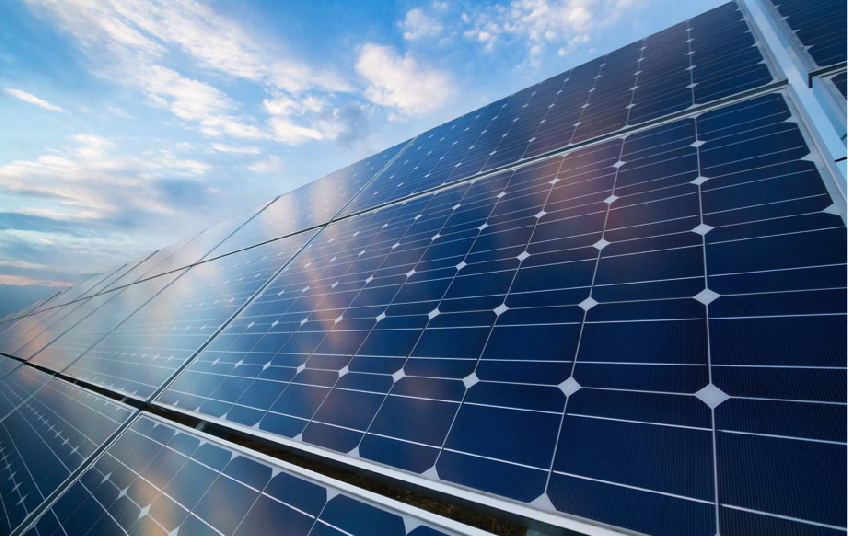Mexico anticipates high commitment to green energy by 2024: this is to get 35% of the country's electricity coming from clean sources. For this, the federal government has committed approximately 160 million dollars towards the development of projects and innovation.
Wind and solar energy are the two energy sources that have contributed to maximize the nation’s potential in the energy sector, with technology being its best ally. A clear example of this is the 245 power plants from clean energies, 146 being only wind power.
Although the innovation has reached both types of energy, the solar stands out for its latest developments, including the one developed by the German architect Andre Broessel named Rawlemon, a giant spherical lens where sunlight crosses the spherical optical instrument and converges in An intense beam similar to that produced by a magnifying glass.
Subsequently, concentrated light hits a photovoltaic plate that moves along with the sun; this technique collects the maximum possible amount of energy by avoiding the complicated mechanisms of displacement of conventional plates.
More recently, the Asian vision added to this photovoltaic revolution thanks to the team of scientists from two Chinese universities that developed solar panels capable of generating energy on days of low sunshine and even with rain or fog.
The first idea executed under the supervision of Professor Tan Qunwei is to increase the conversion efficiency of direct light until there is more, while the one implemented by Professor Yang Peoizhi is based on the use of a new material called LPP that can store solar energy from non-absorbed and near-infrared light.
Continuing with the revolutionary ideas of that continent, the firm Panasonic worked hand in hand with the American Tesla in the production of a new format of solar panel that adapts to any type of roof, ideal for those who opt for self consumption but neither Want to affect the appearance of their home; It is a system of assembly that allows to place the solar modules faster, to reduce the costs of the installation and to give the final result a more elegant appearance.
In order to design ever more efficient solutions, researchers are preparing photovoltaic systems capable of producing energy on an industrial scale, with low environmental impacts, competitive production costs, a better method of accumulation and, more importantly, reducing Transformation of photovoltaic energy to electrical energy.
Within this line of prototypes are the Kirigami solar panels created at the University of Michigan and based on ancient Japanese art. Its success to absorb light between 36% and 40% more than the traditional ones is a consequence of the cuts made in the solar film, which can follow the sun during the day and prevents the formation of casting shadows.
Smartlower POP +, a flower-shaped solar panel model (sunflower), allows the user to generate and store all the energy needed to self-supply a home or small business. According to its founder Alexander Swatek, this peculiar system is 40% more efficient than traditional panels as it follows the path of the sun through an automatic control system that allows its mobile monocrystalline solar panels (18 m2) to be Always in an angle of 90 °.
"Smartlower POP + is designed for those places where energy produced during the day is not consumed during daylight hours and needs to be used during the night"- Alexander Swatek





